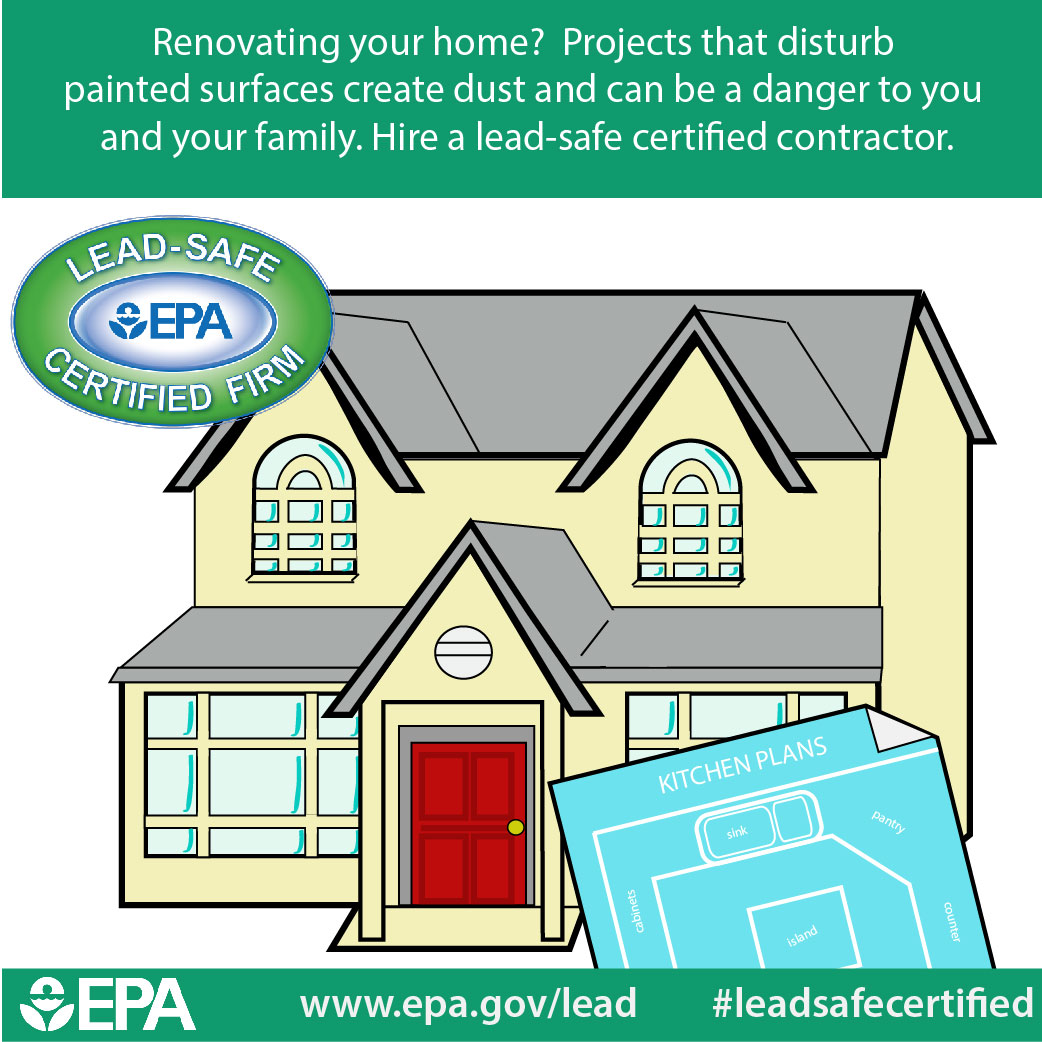Regular Mistakes Individuals Experience While Painting Their Wall Surfaces And Approaches For Avoidance
Regular Mistakes Individuals Experience While Painting Their Wall Surfaces And Approaches For Avoidance
Blog Article
Staff Author-Martinussen Bragg
When you're intending to repaint your walls, it's easy to forget some key information that can make or damage your job. You may think selecting any kind of paint will certainly do, or that surface area preparation isn't necessary, yet these decisions can result in frustrating results. You'll intend to prevent common mistakes like straining your brush or rushing the drying out time between coats. Understanding these mistakes can conserve you effort and time, however there's even more to take into consideration if you desire a flawless surface that lasts. Allow's explore what you could be missing out on.
Selecting the Incorrect Paint
Choosing the ideal paint is essential for accomplishing a smooth, specialist finish on your wall surfaces. If you pick the wrong type, you'll quickly find yourself dealing with issues like peeling, fading, or unequal color.
Start by taking into try this . Water-based paints are great for easy cleanup and quick drying, while oil-based alternatives are ideal for durability in high-traffic locations.
Next off, consider the finish. Matte surfaces hide flaws well yet can be tough to clean. Satin or eggshell coatings use a balance in between aesthetics and washability, making them appropriate for a lot of spaces.
For areas susceptible to wetness, like bathroom and kitchens, select a semi-gloss or gloss paint, which withstands mold and mildew and mold.
Don't fail to remember to examine the shade. Examination examples on your walls to see exactly how they look in various lighting throughout the day. Lighting can considerably change exactly how a color appears, so this action is necessary.
Avoiding Surface Preparation
One of the greatest blunders home owners make is avoiding surface prep work prior to painting. You could think you can just order a brush and start, but that'll cause a less-than-stellar finish. Proper prep is essential for a smooth and long lasting result.
Initially, assess your walls for any imperfections like splits, holes, or peeling paint. Filling up those gaps with spackle or caulk makes sure an uniform surface.
Don't neglect to sand the area once it's dry, as this creates a much better surface for the paint to stick to.
Next off, clean your walls to eliminate dust, grease, and crud. A simple mix of soap and water can do wonders. If your wall surfaces are specifically filthy, consider making use of a degreaser.
Ultimately, applying a guide is often forgotten however can substantially improve the end result, particularly if you're repainting over a darker shade or a surface that's been formerly painted.
An excellent primer improves attachment and assists cover any kind of spots.
Improper Application Techniques
Applying paint with the wrong techniques can result in irregular protection and an irritating coating. One common blunder is using the incorrect sort of brush or roller. Make sure you pick a device that matches the paint kind and the surface texture. For smooth walls, a fine-nap roller functions best, while distinctive surfaces may need a thicker snooze.
Another problem is applying way too much paint simultaneously. Instead, use slim, also coats. This not only stops drips yet additionally makes sure far better adhesion. If you observe runs, do not worry-- simply take a brush and smooth them out instantly.
Also, keep in mind to preserve a wet edge. This indicates overlapping your strokes while the paint is still wet to avoid visible lines.
Finally, avoid paint in direct sunshine or high moisture, as this can trigger the paint to dry as well promptly, bring about blistering.
Final thought
To sum it up, preventing typical paint blunders can make a substantial difference in your job's result. Always select the best paint for the task, never ever miss vital surface preparation, and use appropriate application methods to make sure a smooth surface. Take your time in between coats and don't overload your brushes or rollers. By adhering to these ideas, you'll attain a professional-looking result that you can be proud of in your home. Pleased paint!
